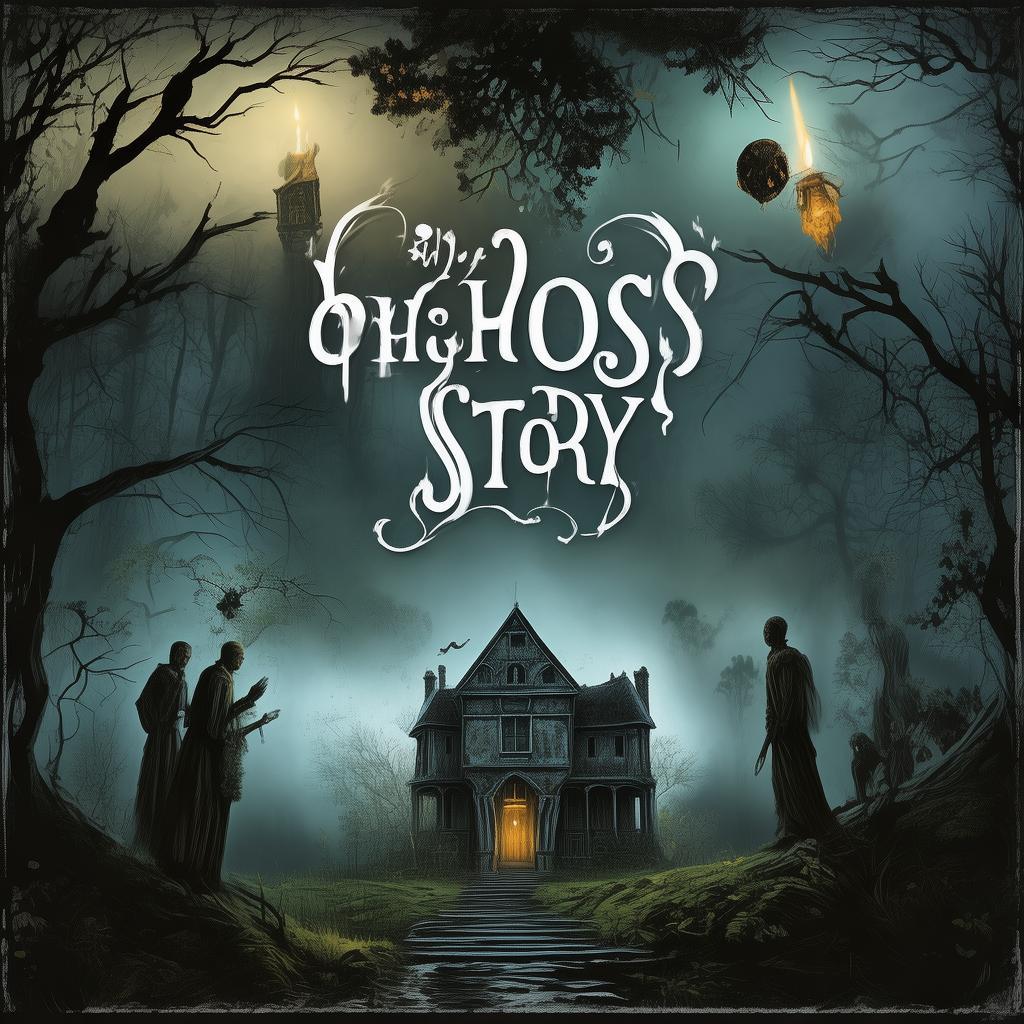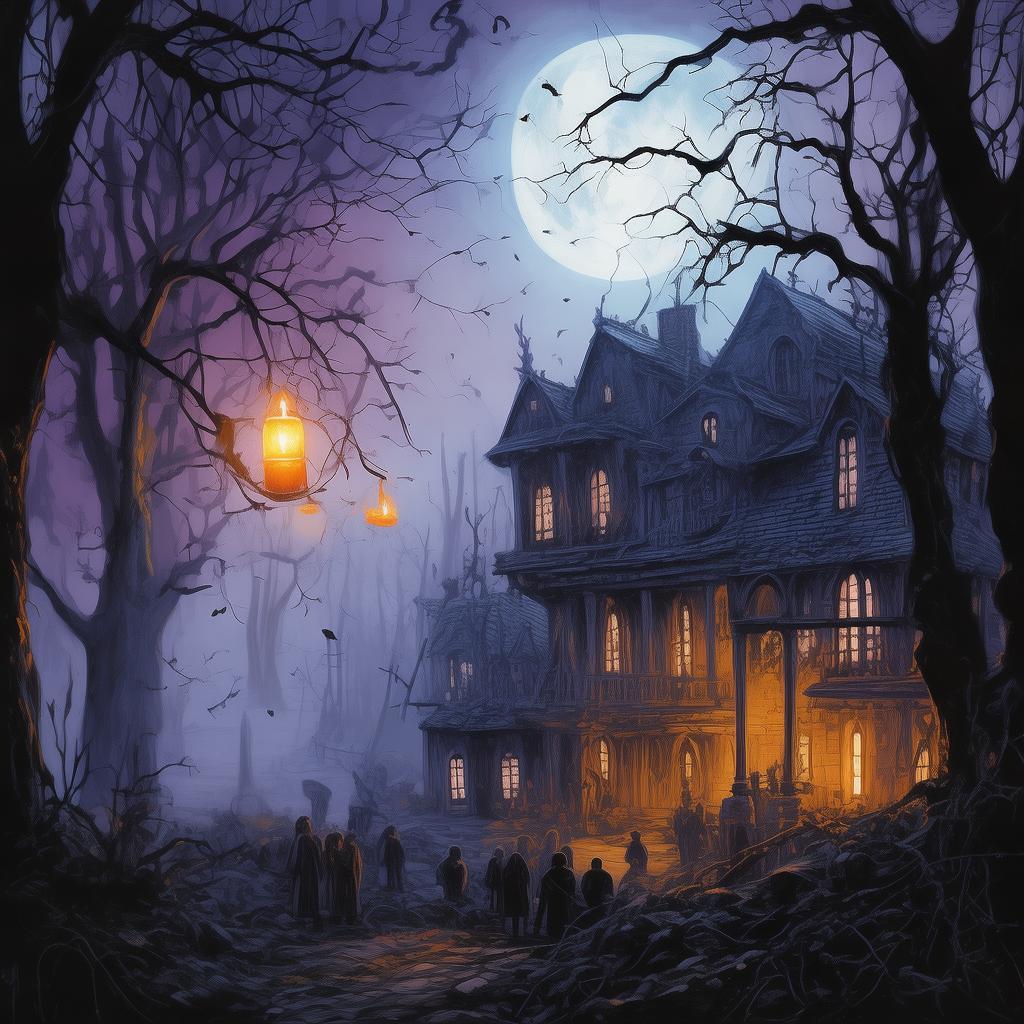The Cursed Symphony: The Ghostly Echoes of the Titanic
The sea was a canvas of dark blues and grays, the horizon a faint line where night and day danced together. The Titanic was but a memory, its silhouette now nothing more than a shadow in the vast ocean. Yet, for a group of historians, the RMS Titanic was not just a historical artifact—it was a living legend, a vessel of secrets and tragedy, waiting to be unearthed.
The cruise ship, named The Cursed Symphony, was an ambitious endeavor, a reenactment of the ill-fated voyage. The passengers were a mix of history enthusiasts, amateur genealogists, and a few with connections to the ship’s tragic past. Captain Elena had promised an experience that would transport them back to 1912, but little did they know that the sea was about to betray them once more.
As the ship glided through the chilly waters, the air was thick with anticipation. The historians, eager to uncover the Titanic’s secrets, had no idea that they were about to embark on a journey far more perilous than they could have imagined.
The first signs of trouble came when the ship’s instruments began to malfunction, the compasses spinning wildly. The crew dismissed it as a mere technical glitch, but the historians noticed an eerie silence—a lack of the usual creaks and groans that usually accompanied the sea voyage. It was then that the first haunting melody began to echo through the halls of the ship, a haunting tune that seemed to call to the very bones of the Titanic.
Dr. Sarah Whitmore, a leading Titanic scholar, was the first to sense the oddity. "Listen," she whispered, her voice tinged with fear, "it's the 'Song of the Siren,' a piece written by the Titanic's orchestra leader. Why is it playing now, when the ship isn't even at sea?"

As the night deepened, the melodies grew more intense, filling every corner of the ship with a chilling harmony. The historians felt a strange energy, a presence that seemed to follow them wherever they went. One by one, the passengers began to report seeing visions of the ship’s lost souls. Men in white suits, women in flowing dresses, and children with wide, tearful eyes—each vision more harrowing than the last.
It was then that they discovered the real reason behind the haunting. The ship had been purchased by a mysterious collector who claimed to be the great-grandson of a Titanic survivor. He had intended to preserve the ship’s history, but in his obsession, he had forgotten the spirits that were still bound to it.
The collector had been obsessed with the legend of the Titanic's curse, a myth that spoke of restless souls trapped aboard, unable to find peace. He had believed the myth to be just that—a myth. But as the melodies grew louder and more insistent, he realized the truth.
The historians, now joined by the collector, worked to break the curse. They delved into the ship’s archives, searching for the clues that would set the spirits free. They discovered that the ship’s bell had been left tolling for the lost souls, a ritual that had been overlooked in the chaos of the sinking.
Under the cover of darkness, they boarded the Titanic's deck, the sound of the ship’s bell resonating in the night air. The collector recited an ancient ritual, his voice filled with a mix of awe and terror as he called upon the spirits to release their hold on the ship.
The bell tolled again, the haunting melody growing stronger with each strike. Then, in a sudden shift, the melodies stopped. The spirits were released, their chains shattered by the power of the ritual. The historians watched as the visions of the lost souls faded, their faces peaceful as they finally found rest.
The next morning, the historians awoke to find that the ship was adrift. The compasses had finally begun to work again, guiding the Cursed Symphony back to safety. The collector, now free from his obsession, vowed to dismantle the ship and preserve its history on land.
The historians left the Cursed Symphony, their lives forever changed by the events they had witnessed. They had not only discovered the truth about the Titanic’s curse but had also played a role in setting the lost souls free. The haunting melodies were a reminder that history is not just about the past, but a living entity that can touch the present and influence the future.
The Cursed Symphony returned to port, a testament to the power of history and the supernatural. The legend of the Titanic's curse lived on, a chilling reminder that some stories are best left untold.
✨ Original Statement ✨
All articles published on this website (including but not limited to text, images, videos, and other content) are original or authorized for reposting and are protected by relevant laws. Without the explicit written permission of this website, no individual or organization may copy, modify, repost, or use the content for commercial purposes.
If you need to quote or cooperate, please contact this site for authorization. We reserve the right to pursue legal responsibility for any unauthorized use.
Hereby declared.









